The Eyre Bird Observatory
Our day started with a retracing of the Baxter Cliffs route back to Caiguna Roadhouse; no navigation issues this time. A bit less than an hour East of Caiguna we found Cocklebiddy Road house and got some details of the route to the Eyre Bird Observatory (see below for a few details).
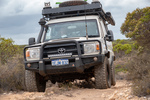
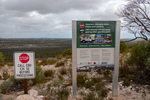

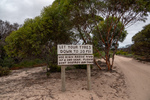
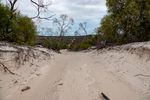
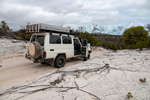
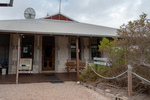
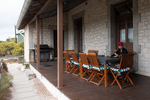
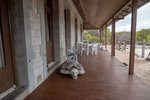
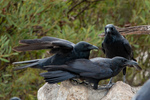
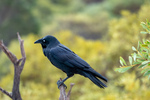
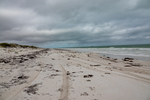
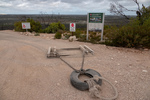
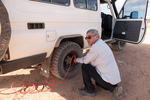
The Bird Observatory is about 35 kms from the highway. The first 20 kms was a moderately rough, graded road, and the last 12-15 kms was a soft sand track that crested a series of sand dunes as it headed due south towards the observatory and the beach.
As you can see from the sign the sand section of the route required us to air down (and hence air up when it was done) and to call the Observatory on UHF channel 12. All this gave us a chance to use the tyre defaltors, air compressor, and UHF radio for the first time on this trip and to assure ourselves that they all worked.
It was interesting to drive the Toyota on the soft sand. The deflated tyres and the small V8 engine made easy work of that section of the drive and gave us some valuable experience with the vehicle on soft ground that will no doubt be useful later in this trip.
The Eyre Bird Observatory is located at a spot where Eyre and Baxter camped for some weeks while exploring this part of the country. They camped here because it is the only reliable natural water supply for hundereds of kilometers and they needed to revive their horses and themselves. Later (1877, current building 1897) this spot was chosen as a repeater station for the transcontinental telegraph linking Perth to the rest of Australia. The first telegraph link was built close to the coast as there was no road or rail across this part of the country so the construction and servicing of the telegraph was done from ship.
The station closed in 1927 when the telegraph was rerouted to follow the then new rail link from the East to Perth.
In 1977 an effort was undertaken by the Post Office Historical Society and Birds Australia, using materials supplied by the WA Department of Fisheries and Wildlife, to restore the station building and use it as the base for an observatory that monitors bird population and migrations. It is also a B&B and one can arrange to spend a night or more in the old station building.
We got a tour of the building and the small telegraph museum that now occupies part of the old station building, and were invited to eat our lunch on the buldings very peaceful verandah and were entertained by a group of crows fighting over the water in the bird bath.
As an interesting historical note, at this museum I learned for the first time that the version of Morse Code used today, is correctly called International Morse Code and is different from the original code invented by Samuel Morse in the 1840's (see here for example). This topic was discussed in one of the displays in the museum as message traffic across Australia in those days used both forms of morse code and the traffic had to be translated from one form to the other by human operators.
Back at the highway, after airing up the tyres, we found a roadside parking area and had a night on the red dirt amongst the scrubby trees. It is worth noting that the "parking area" is nothing more than a flat section of gravel beside the road. But from that parking area tracks lead off into the bush to numerous informal camping areas and the whole complex covers a few acres. So finding a secluded spot is not difficult.